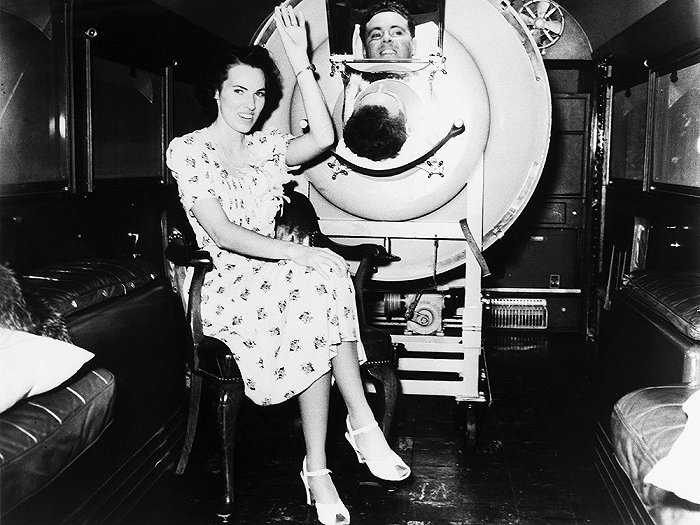According to reports, Paul Alexander, a survivor of polio, known as the “iron lung man,” passed away on Monday local time at the age of 78. Last month, he was hospitalized with COVID-19. The exact reason for Paul’s death is still unclear, according to the report. Paul’s fundraising page GoFundMe also announced his obituary, stating that “Paul is an incredible role model who will inherit and be engraved by people.”.

In the summer of 1952, at the age of six, Paul initially only experienced neck and skull pain, but later his body temperature skyrocketed and his limbs began to ache. In the end, polio paralyzed Paul below the neck, which also meant that his figure could no longer be self-sufficient and suck. “Iron lung” – a metal cylinder that extends from the neck to the body, allowing him to achieve this result. A few years later, with the assistance of a physical therapist, Paul learned “breaststroke suction” – using his throat muscles to force the atmosphere into his lungs, swallowing the atmosphere one at a time. This allowed him to briefly break free from his “iron lung”, but ultimately had to return to sleep. Like most polio survivors trapped in iron lungs, it is expected that Paul will not live long, but he has remained alive for decades.
The “iron lung”, which Paul called the faithful “old iron horse”, was found in the 20th century. It is about 17.8 cm long and weighs 300 kg. The head of the patient is contained outside, and the seal around the neck will create a vacuum. The bellows at the bottom of the equipment acts as the diaphragm of the human body, eliminating back pressure and allowing the user’s lungs to fill with atmosphere, while positive pressure allows the user to inhale. In the 1960s, the advancement of medicine eliminated “iron lung” and replaced it with suction machines. But Paul has always lived in “Iron Lung” because he has “become accustomed to it”. And another person like Paul, one of the last few Americans to live in “iron lung”, polio patient Martha Lillard, once said in a refusal to interview, “I have tested all forms of ventilation, and iron lung is the most effective, best, and comfortable form.”
The life in Iron Lung did not stop Paul’s life. After graduating from high school, Paul attended Southern Methodist University in Datis, Texas. In 1984, he obtained a law enforcement degree from the University of Texas at Austin. Subsequently, he obtained the qualifications of a lawyer and took decades of rest as a lawyer. In 2020, Paul published a book titled “Three Minutes for a Dog: My Life in an Iron Lung”, which took 8 years to write and detailed his career. So far, Paul still maintains a Guinness World Record as the person who lived the longest in the Iron Lung.
The news of Paul’s passing has once again raised concerns about polio and pushed people’s attention back to the era when polio was prevalent. Polio, also known as poliomyelitis, is a highly contagious viral disease that mainly affects children under the age of 5. It was considered by the Centers for Disease Control and Prevention (CDC) to be one of the most terrifying diseases in the United States. However, due to vaccination, the wild poliovirus has “disappeared” in the country.
Paul fell ill during a time when polio was prevalent in the United States. According to NPR reports, by the end of 1940s, an average of over 30000 people in the country were disabled due to polio each year. According to The Guardian, in 1952, when Paul was infected with the poliovirus, it was the largest polio outbreak in American history, with nearly 58000 cases worldwide. Among them, over 20000 people (mainly children) had varying levels of disabilities, and over 3000 died. It was not until the 1950s that the polio vaccine was discovered and widely used, and millions of Americans were vaccinated.
People’s forgetfulness and unfamiliarity with “iron lung” seem to imply that in most parts of the Western world, fear of polio also exists from individual images. According to the World Health Organization (WHO) website, since 1988, wild polio virus cases have increased by over 99%, from an estimated 350000 cases in over 125 popular countries to 6 reported cases in 2021. Among the three wild poliovirus strains (type 1, type 2, and type 3), type 2 was eradicated in 1999, and type 3 was eradicated in 2020. Stopping 2022, type 1 localized wild poliovirus is still present in two countries: Pakistan and Afghanistan.